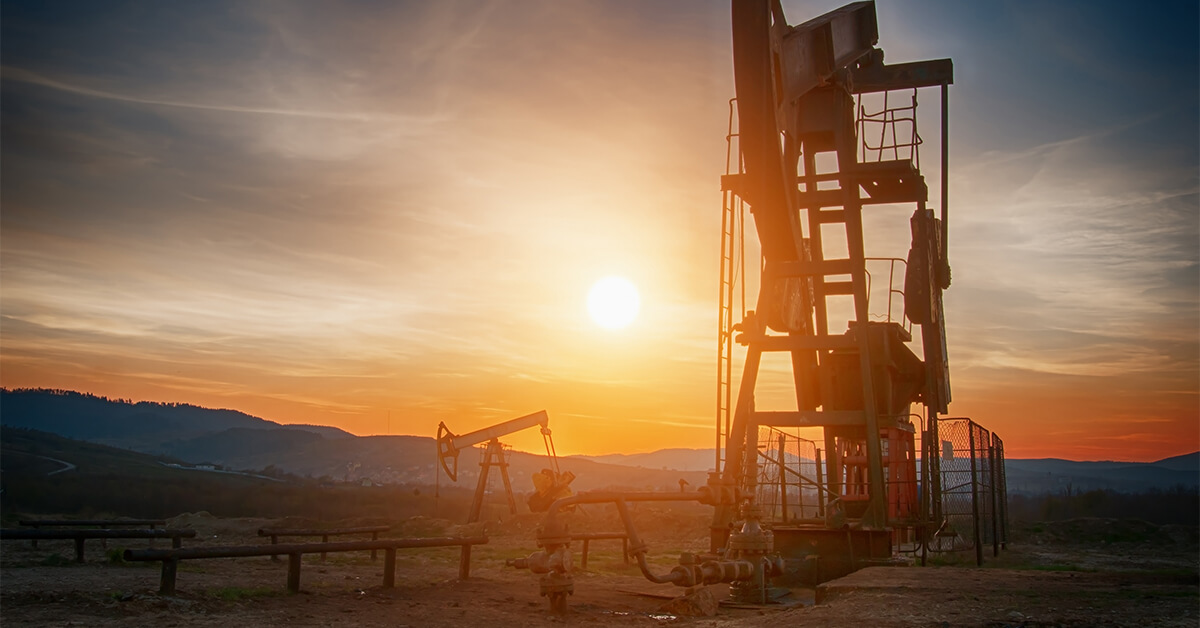
Coating recommendations are one of the most highly debated—and even misunderstood—aspects of the industrial coatings industry. Many different factors go into making the right selection. For instance, have you ever called a coatings manufacturer for a recommendation, only to have your question answered with even more questions?
Although it can seem counterintuitive, this initial research is a critical first step to making a proper coatings recommendation. With hundreds of industrial coatings options out there, the list must be narrowed down to the “best fit” selection by first considering a variety of factors.
Typically, the most popular types of coatings offer versatility and can perform a variety of functions—take our Carboguard 890 epoxy mastic coating as an example. However, an all-in-one solution is rarely the best choice. Instead, it’s important to consider the specific performance requirements of the project at hand—whether it’s protecting an oil tank, a bridge or a railcar—as this will greatly influence your coatings recommendation.
Below are the four basic questions a specifier, engineer or owner should ask in order to select the best possible coating for the job:
1. What Specific Function Does the Coating Perform?
No element is more crucial to a coating system selection than its function. Consider the intended use of the coating. Is it a tank lining? Secondary containment? A flooring system? A bridge or a stadium that needs to be protected from the elements?
Tank linings, for example, have drastically different performance requirements compared to atmospheric coatings. This disparity will have a significant influence on not only the selection of a coating, but its surface preparation requirements as well.
Chemical immersion is one of the harshest functions a coating can perform, as the lining is under constant performance stress from the stored commodity. Because of this, coating manufacturers invest heavily in testing to validate linings for chemical service. A common misunderstanding is that the pH level determines a lining selection. In reality, pH level is only one piece of the puzzle in lining compatibility.
Instead, the chemical commodity should always be the determining factor due to the molecular size of the commodity and the cross-link density of the lining. In addition, the temperature of the storage commodity is almost as valuable as the commodity itself, as corrosion levels generally increase and decrease with temperature.
2. What is the Environment and Exposure?
Although this question seems pretty basic on the surface, it can actually become quite complicated as you dig into the specifics of the environment and exposure of the coating. Coatings are used everywhere to prevent the corrosion of assets. Knowing exactly where the coating will be physically located, as well as the environment it will be exposed to, is key to providing the right coating recommendation and, ultimately, ensuring a successful project.
When selecting a coating for atmospheric service, there are several factors to consider. For instance, will the coating be exposed to an exterior or interior environment? Are there elevated temperature conditions? Is this in a rural area, a chemical plant, in a desert or near the ocean? In addition, are aesthetics or corrosion protection more critical for the given environment?
Chemical plants, for example, will require chemical-resistant coatings even in non-immersion situations, whereas coatings located near the ocean necessitate additional resistance to salt-laden air, which can accelerate corrosion. Likewise, a job in the desert will have different performance requirements than one in a coastal environment, as it necessitates a coating that is suitable for extreme UV radiation.
3. What is the Expected Service Life?
Everyone wants the top-rated, longest-lasting coating for every possible scenario… right? Not necessarily. Limited budgets frequently come into the equation, as material and labor costs can vary widely. The expected service life of a coating, as well as the available budget, will greatly drive a coatings recommendation.
For instance, if a temporary fix is needed, the item will be replaced in the short term or there is a limited budget, then a maintenance coating with a shorter lifespan and lower cost could be sufficient. On the other hand, an elevated water tank with a design life of 90 years would necessitate a more durable coating with a longer lifespan expectancy.
4. Are There Any Application Restrictions?
Spray application is the preferred method for most industrial coatings, but it is not always realistic in real-life situations and environments. For example, the asset that needs to be coated might be in a hard-to-reach or remote area where a pump is not efficient nor ideal. Or there could be an entire parking lot of cars just downwind of the project. In each of these situations, it is recommended that the coatings product feature better brush-and-roll characteristics to ensure it is the best fit for the challenging task at hand.
In the end, the goal of the coatings selection process is to achieve a win-win solution for everyone involved—from the owner, to the coatings manufacturer and the installer. Though it can be tedious, the information-gathering stage is one of the most vital phases of a coatings project—ultimately building the foundation upon which the project's success can either start off on the right foot or take a drastically wrong turn.

